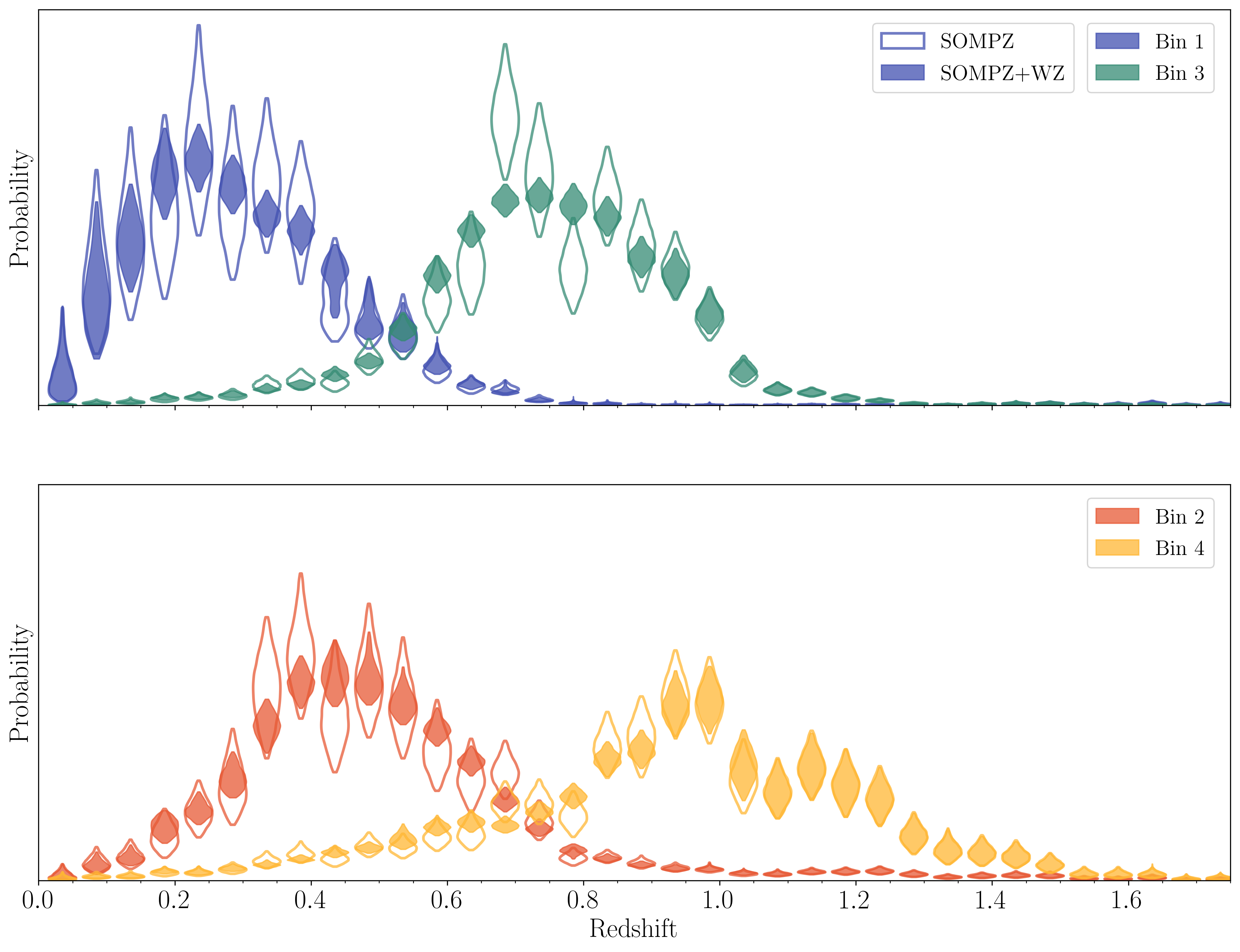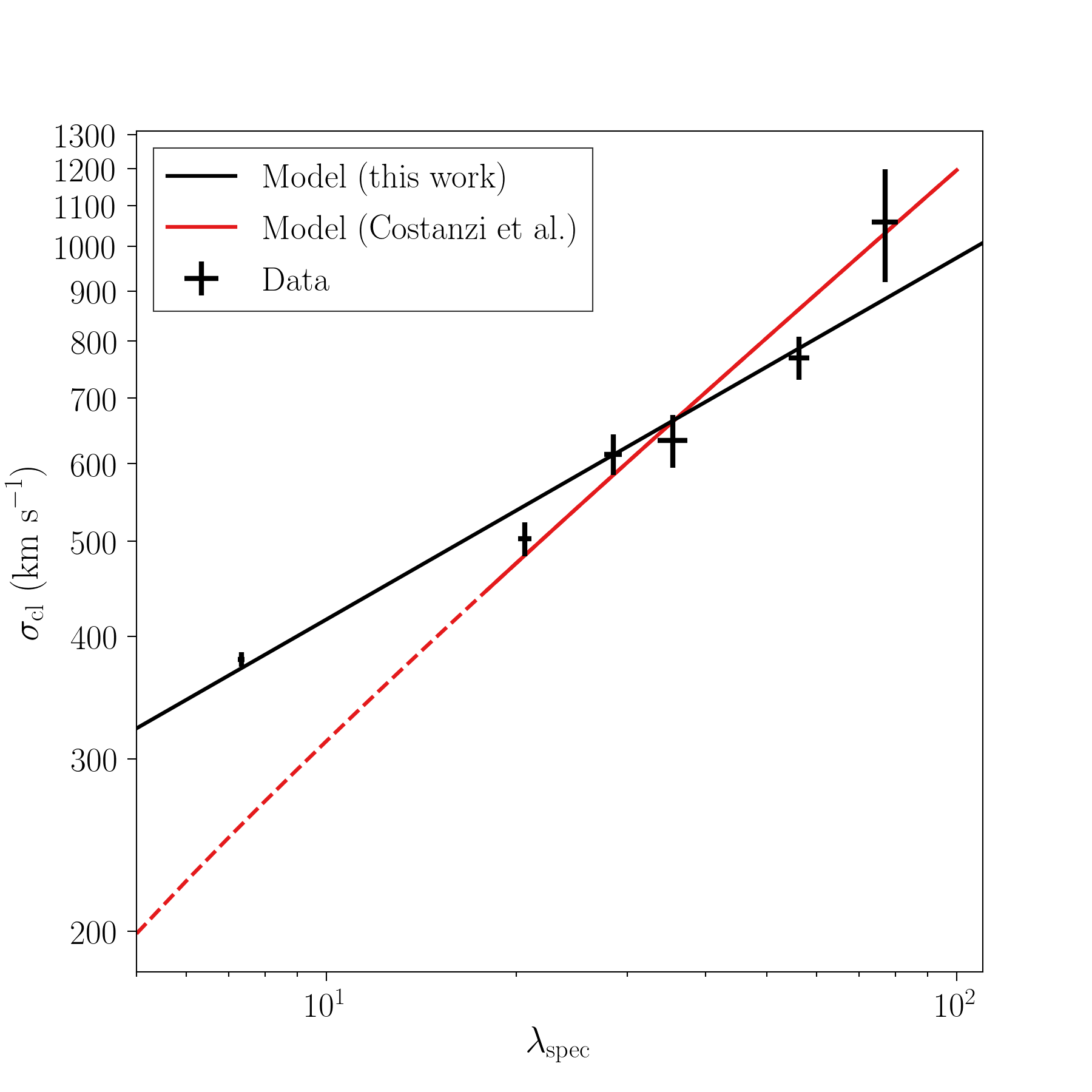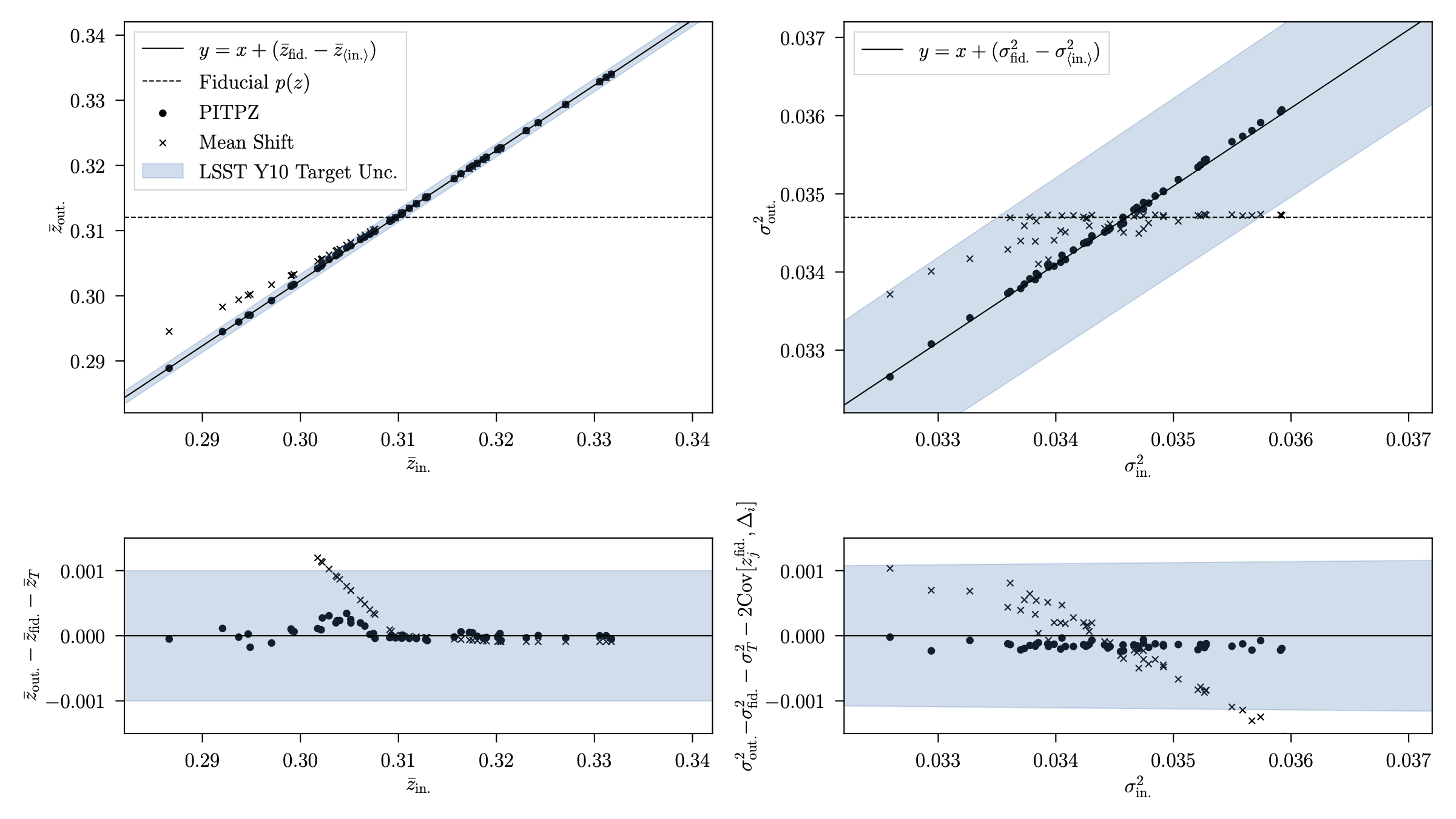
I study observations of the large structures of the Universe -- galaxies and clusters of galaxies -- to inform an underlying cosmological model for the Universe. For an introduction to my research assuming no prior knowledge, see the following linked videos [1, 2]. For a recent talk addressed to an audience in astronomy and physics, see the following linked video [3].
My primary research interest is in experimental tests of the cosmological model with weak gravitational lensing and galaxy cluster cosmology. My work includes the redshift calibration of the Dark Energy Survey Year 3 weak lensing source galaxy catalog [4], measuring the impact of projection effects in redMaPPer clusters of galaxies [5, 6], developing stacked velocity dispersion and spectroscopic richness as galaxy cluster mass proxies for cosmology [5, 6], and measuring the X-ray luminosity of the hot gas of galaxy clusters. I have experience analyzing raw optical and X-ray photometric and spectroscopic data as well as developing statistical methods to improve insights into cosmological galaxy survey datasets [7].
I am currently a Brinson Prize Fellow hosted at the Department of Astrophysical Sciences at Princeton University. For details on my work, feel free to get in touch or see my CV.
For a full list of my publications, see ADS.

We utilize DESI spectroscopy to measure projection effects in and stacked velocity dispersion of redMaPPer galaxy clusters. DESI data enables a systematic test of these cluster properties to redshift z~0.2. We find that projection effects are richness and redshift dependent, motivating a follow-up observing campaign to spectroscopically characterize optically detected clusters for cluster cosmology with the Rubin Observatory Legacy Survey of Space and Time.

We present the derivation and validation of redshift distributions for the source galaxies used in the DES Y3 weak lensing measurements. As the first application of this method to data, we validate that the assumptions made apply to the DES Y3 weak lensing source galaxies and describe our treatment of systematic uncertainties. We construct an ensemble of redshift distributions whose variation encodes all uncertainties and combines information from galaxy color, position correlation functions, and shear ratios.

We present a spectroscopic quantification of projection effects in the redMaPPer Galaxy Cluster catalog. We show that a simple double-Gaussian model can be used to describe the distribution of line-of-sight velocities in the redMaPPer sample. With this model we show that projection effects are substantial, are a strong function of richness, are a stronger function of richness than recent models, and are not a strong function of luminosity. We introduce a new cluster mass proxy, a three-dimensionsal richness, which scales approximately linearly with halo mass.

We present a method (PITPZ) for mapping variations between probability distribution functions, a procedure with broad applications for uncertainty propagation. We illustrate the use of PITPZ by using the method to propagate photometric calibration uncertainty to redshift distributions of the DES Y3 weak lensing source galaxies and find that for this test case PITPZ yields a more accurate lensing amplitude uncertainty estimate than traditional methods.